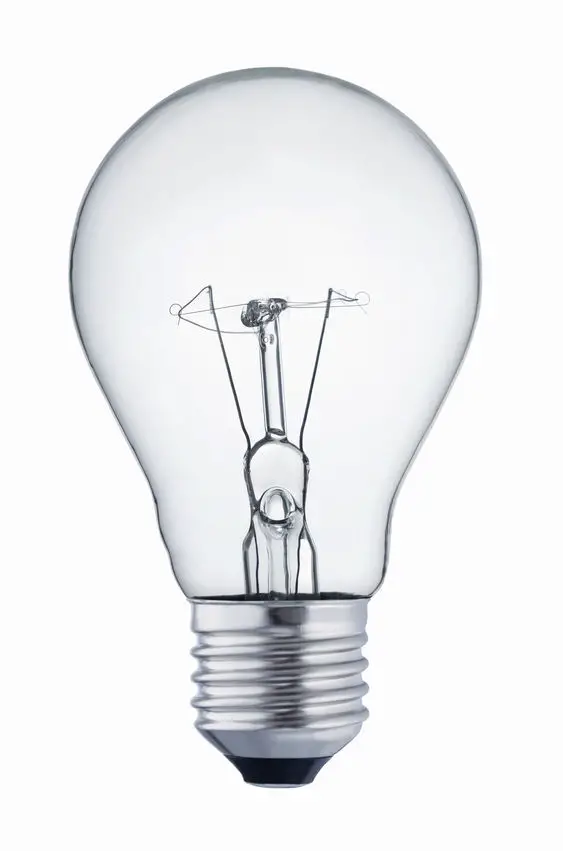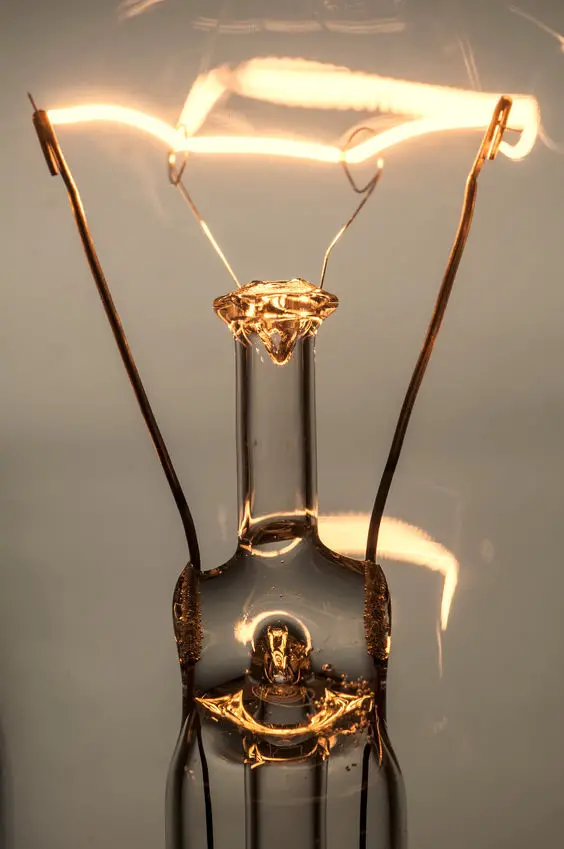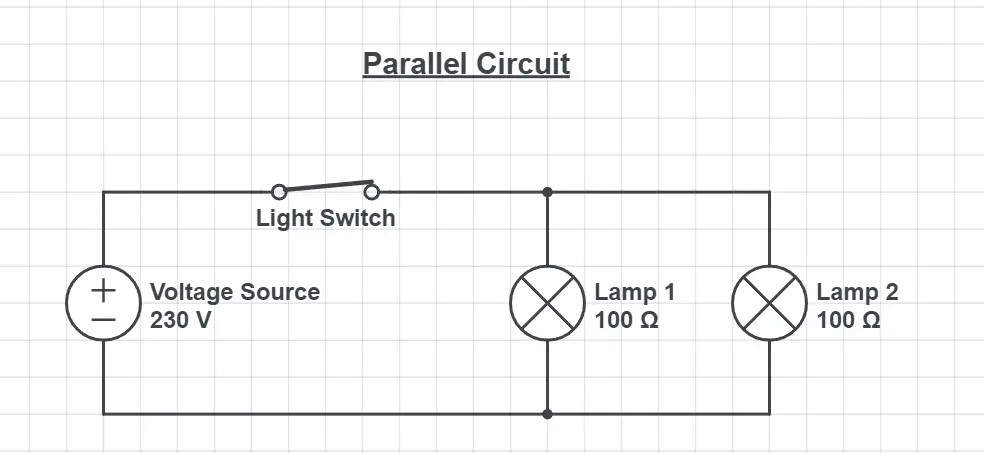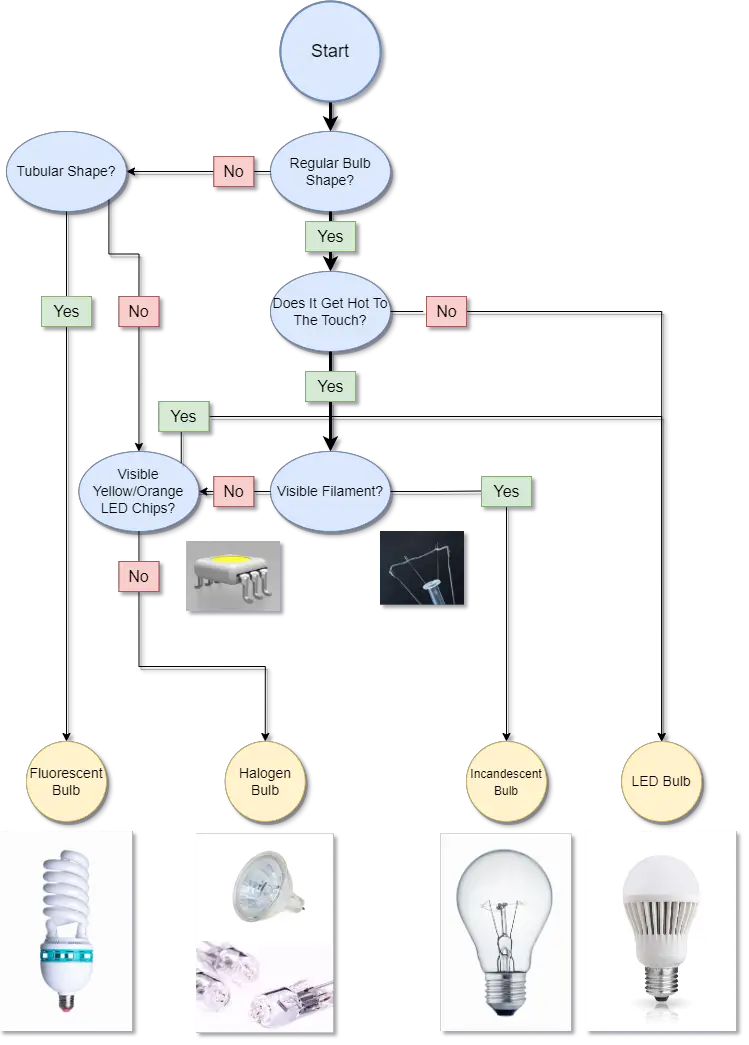Why Light Bulbs Break When Switched On
If you’ve ever gone to turn on your lighting you might experience the light bulb breaking the moment you turn the switch on. This is something rather common that happens to anyone, but why exactly does this happen? There are a few reasons for this.
The main reason for light bulbs to break when switched on is the sudden rush of electricity created the instant the switch is turned. When a light bulb starts out cold it will temporarily receive a large rush of electricity before stabilizing itself, which can cause bulbs to break on impact.
There are however more reasons than just this, but a lot of bulbs tend to break because of this. Going forward we will look further into how light bulbs can break the way they do in the instance the light switch is turned on.

Contents
Different Types Of Breaking
Before we continue to discuss what causes light bulbs to break as they turn on we first need to define which sort of breaking we are talking about. The two different breaking scenarios for lightbulbs are when the bulb simply stops functioning (in other terms “blows”) and the other is when it completely explodes and breaks that way.
It is important to make this distinction because it is not always that the same things that cause a bulb to stop functioning is the same as what causes it to explode.
For a more in-depth look at specific factors that causes light bulbs to explode, we wish to direct you to this page.
Why Bulbs Blow When Turned On
Now that we have established that we are purely looking at bulbs that blow when turned on. This can happen for a variety of different reasons since it can also depend on the type of bulb we are dealing with, so here we will attempt to cover common issues across all bulb types in order to fully understand why this may happen.
Applied Stress To Tungsten Filament
One factor that ties into what we mentioned before is simply when too much stress is applied to the tungsten filament. The tungsten filament is the thread in incandescent and halogen bulbs that gets hot and generates light as a result of the heat.

This thread is also the main component of incandescent and halogen bulbs that tend to fail first, causing a bottleneck in their service life.
The reason why this filament might break is that it can become brittle over a lot of use. When the bulb is running this thread will reach temperatures of around 2500 °C (4600 °F), which is extremely hot for a thread this thin.
This is why tungsten specifically is used for these bulbs since it’s one of few materials that can actually withstand these temperatures for longer than minutes at a time. For a further explanation of the tungsten filament, we recommend our article on it here.
However, while tungsten is rather durable it will also break down during its use. This happens because it will start to evaporate over time as a result of its high operating temperature.
This will cause the thread to become thinner and thinner as time goes on, meaning that eventually, it will simply snap once it has evaporated enough.
This is exactly what causes these bulbs to blow when the switch is turned on. As we’ve already mentioned, when turning on a light switch there will be a large rush of electrical current going through the bulb before stabilizing, meaning that when this larger current rush happens through a damaged tungsten thread it will simply be the last straw that causes it to snap.
Vibrations
In a similar fashion to how the excessive use and heat generation in the tungsten filament will cause it to deteriorate, the same can be said for vibrations.
When the tungsten filament is put under a lot of vibrations it will start to slowly fall apart due to the vibrations shaking away tungsten particles over time.

This can be the case for lighting put in a fixture with a fan attached to it like a ceiling fan or if there is construction work happening in close proximity to your lighting.
This however is not much of an issue for CFLs or LED-based bulbs, since those are more resistant to vibrations than incandescent and halogen bulbs.
Incorrect Dimming
While LEDs are generally known for their long lifespan and reliability there are scenarios in which those can break prematurely too. One such scenario is that they are being dimmed incorrectly.
This can happen when a non-dimmable bulb is put into a socket that is attached to an old dimmer. Older dimmers are constructed in such a way that they can dim tungsten-based bulbs, which creates compatibility issues with LEDs since they function differently from those bulbs.
This essentially means that there is a possibility that the dimmer will send a dimmed current, which the LED may not be able to take in. Normally this would simply result in the LED not turning on but it is also equally as possible for it to simply break in the instance it receives a current it can’t use.
This issue can easily be solved by either changing out the dimmer to one that is compatible with LED lighting, or making sure that the LED bulb packaging says “dimmable“. This labelling usually entails that it is made to accommodate the way older dimmers function and should therefore be reliable in this scenario.
Using Bulbs Too Powerful For The Socket
Another possible cause for light bulbs to blow when turned on is that the bulb you are trying to use is too powerful for the socket it’s placed in. Every fixture has a maximum wattage rating on them (for example 60W) and when you exceed this wattage with a new bulb it can cause it to break.
The reason this can cause the bulb to blow is that the fixtures are simply not made for electrical loads larger than what is written on them. If the fixture says 60W it is made for loads up to 60W or less and never for anything bigger than that.
When you place a bulb with a wattage that’s too big for the socket it will cause the socket to start overloading itself, which can cause an overload so big that the bulb breaks or even explodes.
This is also particularly dangerous because doing this is widely considered a fire hazard. Much like with everything electrical, when a current passes through anything it will generate heat and the bigger the current is the more heat will be generated.
The fixture will be made to handle a certain amount of heat, enough heat to accommodate for the bulb sizes it’s designed for. When a bulb of a higher wattage is placed in the socket it will cause the electrical current to grow larger, which subsequently causes the heat generation to increase. Since this heat generated in this scenario is more than what the fixture is designed for it is very possible that this can become a fire hazard.
However, this is only applicable for real energy consumption and has nothing to do with the light output of the light bulb. This means that if you have a 15W LED bulb that says its light output is equal to a 75W incandescent bulb you can absolutely place it in a 60W fixture.
This is for the reason mentioned above, in that fixtures can handle loads that are smaller than designed for but never bigger.
Frequently Turning The Light On And Off
Another factor that can cause lights to blow prematurely is frequently turning them on and off. This is especially a problem with CFL bulbs and fluorescent tube lighting.
This is because of the way they operate. In order for CFLs and fluorescent tubes to turn on, they need to “ignite“ the argon gas inside of it with 2 electrodes at each end of the tubes.
The reason why frequent switching can hurt them is that the electrodes can be sensitive to the initial large starting current that happens when you switch the bulb on. This can cause them to break prematurely, sometimes during operation but also sometimes on a light switch flick.
Conclusion
There are a lot of different reasons for why your lights may be blowing from flicking the light switch and these are some of the most common reasons.
As you might be able to tell most of them ties back to the fact that the starting current is high whenever a light is being turned on. If the light is attached to a dimmer you can get around this by simply starting it at a lower level and slowly building it up until you get the light output you desire.
Other than that it can be quite difficult to have control over when and why your bulbs may be blowing, but these factors should be able to help you narrow down the possibilities and troubleshoot the problem with more ease.



